The month of Shravan (Sawan) is one of the auspicious periods in the Hindu calendar. It is dedicated to Lord Shiva, the destroyer and transformer among the trinity of Hindu deities. Devotees observe this sacred month with fasting, prayers, and acts of devotion to seek Lord Shiva’s blessings. It’s also a time for spiritual enlightenment, self-discipline, and inner growth.
Shravan Month 2025: Start and End Dates
In North India, Shravan starts with the full moon (Purnimanta calendar), while in South India, it begins with Amavasya (Amanta calendar). Despite the difference in calculation, the devotion and rituals observed are largely similar.
The dates for Shravan vary based on the regional lunar calendars:
Shravan Month 2025 – North Indian States
Applicable for: Rajasthan, Uttar Pradesh, Madhya Pradesh, Punjab, Himachal Pradesh, Uttarakhand, Chhattisgarh, Bihar, and Jharkhand
(Following the Purnimanta lunar calendar)
- Shravan Begins: Friday, July 11, 2025
- First Shravan Somwar: Monday, July 14, 2025
- Second Shravan Somwar: Monday, July 21, 2025
- Third Shravan Somwar: Monday, July 28, 2025
- Fourth Shravan Somwar: Monday, August 4, 2025
- Shravan Ends: Saturday, August 9, 2025
Shravan Month 2025—South and Western Indian States
Applicable for: Andhra Pradesh, Telangana, Goa, Maharashtra, Gujarat, Karnataka, and Tamil Nadu
(Following the Amavasyant lunar calendar)
- Shravan Begins: Thursday, July 25, 2025
- First Shravan Somwar: Monday, July 28, 2025
- Second Shravan Somwar: Monday, August 4, 2025
- Third Shravan Somwar: Monday, August 11, 2025
- Fourth Shravan Somwar: Monday, August 18, 2025
- Shravan Ends: Thursday, August 23, 2025
The Mythological Story Behind Shravan

The story that gives Shravan its importance comes from the Samudra Manthan, or churning of the ocean, one of Hinduism’s most dramatic and symbolic legends.
During the churning of the ocean by gods and demons, a lethal poison called Halahal emerged. It was capable of destroying all of creation. To save the universe, Lord Shiva drank the poison, holding it in his throat. His throat turned blue from the poison, earning him the name Neelkanth (the blue-throated one).
To cool him down, the gods and devotees began offering Ganga water, milk, and sacred herbs to him. This practice continues today in the form of Abhishekam (ritual bathing of the Shiva Linga), especially during the month of Shravan.
Importance of the Shravan Month
- Spiritually Charged Period: It is believed that during Shravan, the cosmic energy is aligned with spiritual growth. Pujas performed during this month are said to yield quicker and stronger results.
- Sacred Time to Worship Lord Shiva: According to the Puranas, this is the most auspicious time to worship Shiva, and the energy is at its peak for devotion, fasting, and meditation.
- Pleasing the Deity: Fasting on Mondays, performing Rudrabhishek, and chanting Shiva mantras are believed to bring blessings, inner peace, and relief from karmic debts.
- Health and Discipline: Fasting and eating light meals during this month align with the seasonal transition and support physical detox and mental clarity.
Importance of Rudraksha During Shravan

A sacred bead deeply associated with Lord Shiva is the Rudraksha, believed to have originated from his tears. During Shravan, the spiritual power of Rudraksha beads is considered especially strong.
Why Rudraksha Is Worn in Shravan:
- Divine Connection: Rudraksha acts as a bridge between the devotee and Lord Shiva.
- Enhanced Meditation: Wearing or using Rudraksha malas helps deepen focus during mantra chanting.
- Protection and Energy: It protects against negative energies, balances chakras, and strengthens the aura.
- Spiritual Transformation: Rudraksha is believed to accelerate spiritual evolution when worn during this holy month.
Devotees wear Rudraksha beads as malas or bracelets or use them in japamala (prayer beads) while reciting mantras like “Om Namah Shivaya” or the “Mahamrityunjaya Mantra.” Wearing Rudraksha during Shravan is like carrying Lord Shiva’s blessings close to your heart every moment.
Rituals and Practices
1. Shravan Somwar Vrat (Fasting on Mondays)
Mondays in Shravan are sacred. Devotees, especially women, fast for marital bliss, family welfare, or spiritual merit.
Diet: Eat once, typically in the evening. Foods include fruits, milk, sabudana (tapioca), and simple vegetarian dishes without onion or garlic.
This is the highlight of Shravan rituals. Devotees perform Rudrabhishek, where the Shiva Linga is bathed with sacred ingredients like water, milk, curd, honey, ghee, sugar, and bilva leaves.
Morning Ritual: Wake before sunrise, bathe, and wear clean clothes.
Temple Visit or Home Puja: Offer water, milk, curd, honey, ghee, and Bilva leaves to the Shiva Linga.
2. Rudrabhishek Puja

This is the highlight of Shravan rituals. Devotees perform Rudrabhishek, where the Shiva Linga is bathed with sacred ingredients like water, milk, curd, honey, ghee, sugar, and bilva leaves.
3. Mantra Chanting and Meditation
The month of Shravan is an ideal time for deep inner work—prayer, reflection, and meditation. Chanting Shiva mantras during this month is believed to cleanse the mind, calm the senses, and invite divine blessings into one’s life. These mantras are not just words—they are powerful vibrations that align you with Shiva consciousness.
Here are the three most important mantras to chant in Shravan, along with their meanings and significance:
1. Om Namah Shivaya
(ॐ नमः शिवाय)
Pronunciation: Om Na-mah Shi-va-ya
I bow to Lord Shiva” or “Salutations to the auspicious one.
This is one of the most sacred and ancient mantras in Hinduism, known as the Panchakshari Mantra because it consists of five syllables: Na – Ma – Shi – Va – Ya. Each syllable is said to represent one of the five elements:
Na – Earth | Ma – Water | Shi – Fire | Va – Air | Ya – Ether (Space)

2. Mahamrityunjaya Mantra
(महामृत्युञ्जय मंत्र)
ॐ त्र्यंबकं यजामहे सुगंधिं पुष्टिवर्धनम्।
उर्वारुकमिव बंधनान् मृत्योर्मुक्षीय माऽमृतात्॥
Pronunciation:
Om Tryambakam Yajamahe Sugandhim Pushtivardhanam
Urvarukamiva Bandhanan Mrityor Mukshiya Maamritat
We worship the three-eyed One (Lord Shiva), who is fragrant and who nourishes all beings.
May He liberate us from death, for the sake of immortality, just as a ripe cucumber is severed from its bondage to the vine.
3. Rudra Gayatri Mantra
(रुद्र गायत्री मंत्र)
ॐ तत्पुरुषाय विद्महे महादेवाय धीमहि।
तन्नो रुद्रः प्रचोदयात्॥
Pronunciation:
Om Tatpurushaya Vidmahe Mahadevaya Dhimahi
Tanno Rudrah Prachodayat
We meditate on the Supreme Purusha, the great God.
May Lord Rudra, the fierce form of Shiva, enlighten our intellect and inspire our path.
Tips for Chanting Mantras in Shravan
- Use a Rudraksha mala while chanting for enhanced energy and focus.
- Sit in a quiet, clean space, ideally facing east.
- Light a ghee lamp and offer incense to Lord Shiva.
- Visualize the Shiva Linga or Lord Shiva’s image while chanting.
- Try chanting in Brahma Muhurat (approx. 4:00–6:00 AM) for maximum spiritual effect.
By chanting these sacred mantras during Shravan, devotees not only purify their surroundings but also unlock deep inner peace and divine grace. These mantras help shed old patterns, overcome fear, and align you with the timeless wisdom of Mahadev.
Fasting Rules and Guidelines

During Shravan, many follow specific dietary and behavioral rules. These vary from family to family, but the general principles are:
Do’s:
- Wake early and bathe before sunrise.
- Maintain purity in thoughts and actions.
- Observe fasts on Mondays or all Shravan days.
- Offer water and bilva leaves to Lord Shiva.
- Stay calm, humble, and avoid arguments.
Don’ts:
- Avoid meat, alcohol, garlic, and onion.
- Avoid negative speech, hate, and gossip.
- Do not shave or cut hair.
Special Days and Festivals During Shravan
1. Nag Panchami
Snakes are considered powerful and revered in Hindu mythology, often associated with good fortune and protection. Nag Panchami is a day to express gratitude for their role in the natural world and seek their blessings.
2. Mangal Gauri Vrat
Observed on Tuesdays by married women for a happy married life and the well-being of their husbands. It involves day-long fasting, prayers to Goddess Gauri (Parvati), and charitable acts.
3. Raksha Bandhan
Falls on the full moon (Shravan Purnima). Sisters tie a rakhi on their brothers’ wrists, praying for their long life. In return, brothers vow to protect their sisters and give them gifts.
4. Shravan Purnima / Narali Purnima
In coastal regions like Maharashtra, fishermen celebrate Narali Purnima by offering coconuts to the sea god, praying for protection and a good fishing season.
Kanwar Yatra

One of the most visually striking Shravan events is the Kanwar Yatra, where millions of Kanwariyas (Shiva devotees) travel, often on foot, to sacred rivers like the Ganga, collect holy water, and walk back to their hometowns to offer it on a Shiva Linga.
The journey is a test of devotion, endurance, and faith, carried out with chanting of “Bol Bam” and often wearing saffron-colored clothes.
Spiritual Tips for Shravan Month
Read the Shiva Purana: Gain spiritual knowledge and context of Lord Shiva’s greatness.
Practice Non-Violence and Truthfulness: Shravan is not just about fasting but about living virtuously.
Volunteer or Donate: Acts of service and charity are highly meritorious this month.
Avoid Laziness: Stay productive and spiritually engaged.
Family Prayers: Engage your whole family in evening pujas or kirtans.
Benefits of Observing Shravan
- Mental peace and emotional strength.
- Spiritual upliftment and detachment from material cravings.
- Better health through regulated fasting and clean eating.
- Fulfillment of desires, especially those related to family life and prosperity.
- Connection with divine energy through simple yet powerful rituals.
Conclusion
Shravan is more than a month on the calendar—it is a season of devotion, introspection, and transformation. Every prayer offered, every fast kept, and every mantra chanted during this time brings us closer to the compassionate and powerful energy of Lord Shiva.
Whether you’re a devout follower or just beginning your spiritual path, Shravan offers a beautiful opportunity to align with cosmic energies, shed negativity, and invite blessings into your life.
As the monsoon rains cleanse the Earth, let your heart be cleansed through your devotion. This Shravan, embrace simplicity, silence, and Shiva.
Har Har Mahadev 🙏🏻











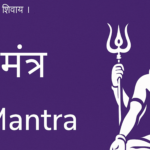

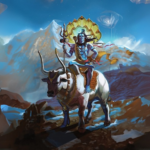
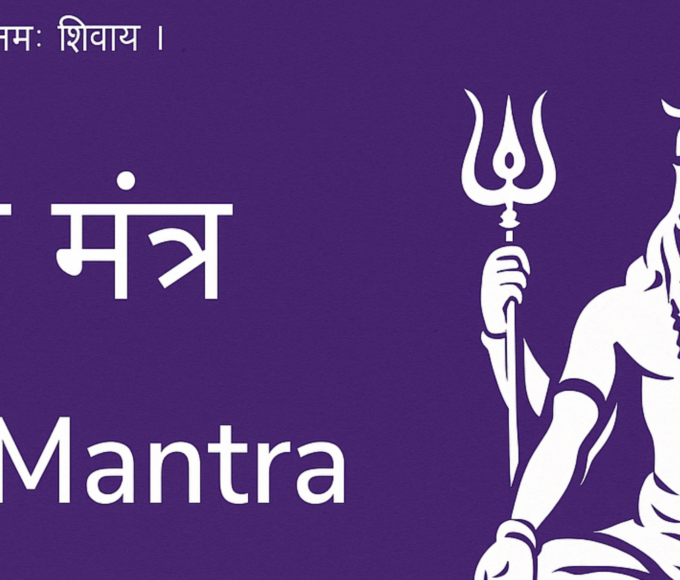
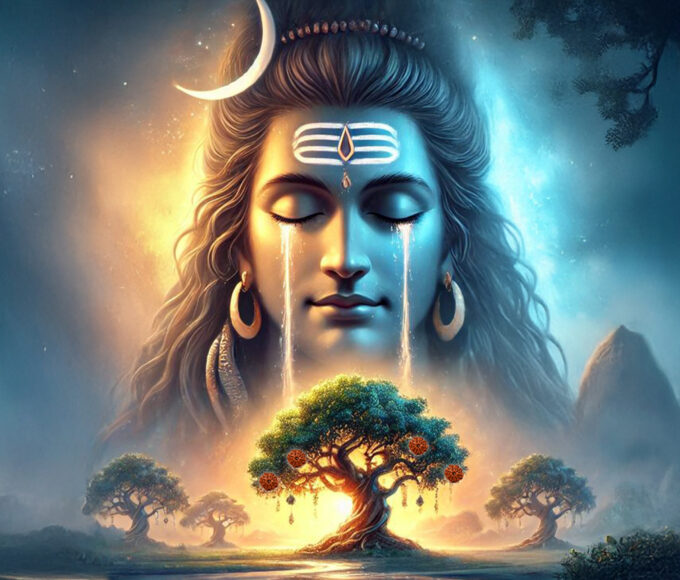
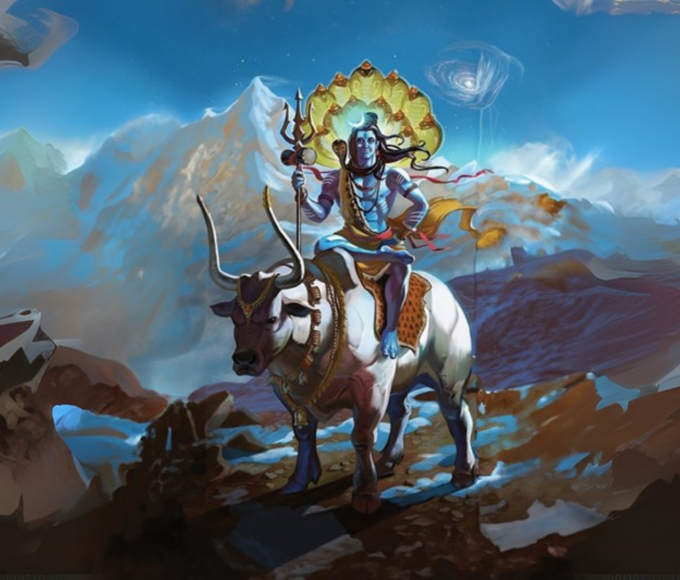

Leave a comment